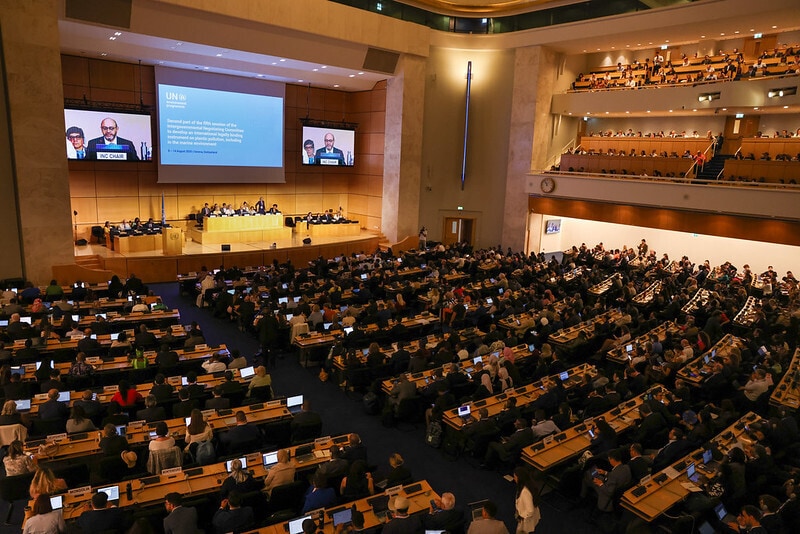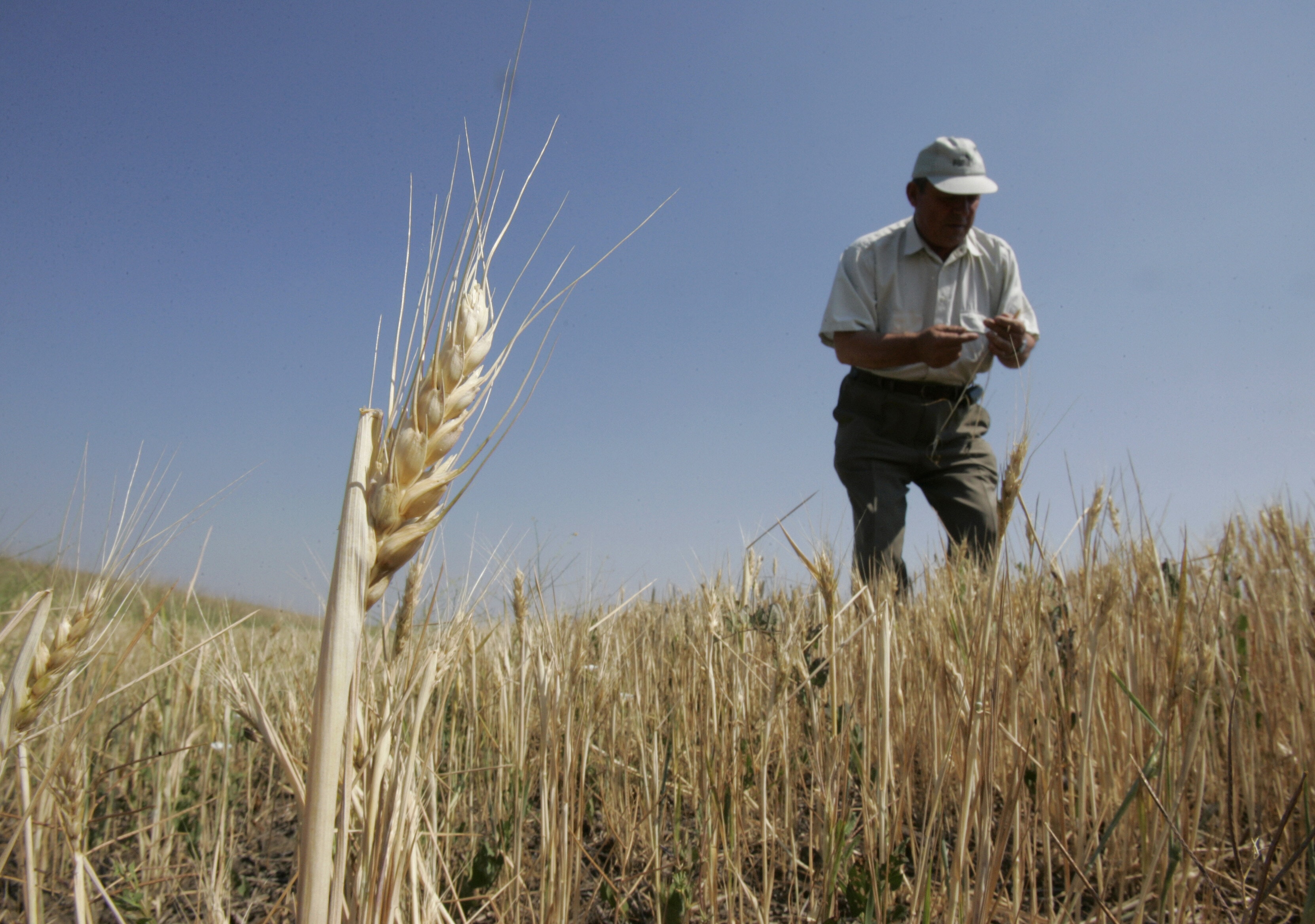Amazon rainforest and the power of paleoecology

Data from Brazil’s national space research agency shows that deforestation was up by 96% in September 2019 compared to the same month in 2018.
Image: REUTERS/Ricardo Moraes
Stay up to date:
Future of the Environment
The Amazon rainforest has been ravaged by fire in 2019 – much of it believed to be fuelled by deforestation.
You might think setting fires to clear forests for agricultural land is a modern phenomenon. But scientists have discovered ancient Amazonians were doing it 4,500 years ago, with one key difference – trees were only burned selectively, in an approach that could provide important lessons for land management in the Amazon today.
The study of the ancient environment – known as paleoecology – is helping to shed light on the agricultural techniques used by the first Amazonian peoples.
High levels of charcoal found in archaeological settlements are seen as evidence of fire being used for land management by the pre-Columbian indigenous population.
At Lake Caranã in Brazil, scientists found that indigenous farmers had also planted a range of crops among the trees, increased edible species like brazil nuts and acai, and enriched the soil with compost, waste, and charcoal; making it much more fertile.
A team of researchers from the University of Amsterdam analyzed charcoal sediment from Lake Caranã alongside pollen and other plant remains, and realized that ancient peoples were clearing the rainforest understory with frequent, low-intensity burning – which would have limited the build-up of fuels and potentially prevented larger wildfires.
But that activity stopped when disease epidemics after European colonization wiped out as much as 95% of the Amazon’s indigenous inhabitants, with flammable forest areas increasing as the undergrowth returned and putting old-growth tree stands at risk.
Are controlled fires the answer?
Data from Brazil’s national space research agency shows that deforestation was up by 96% in September 2019 compared to the same month in 2018, with 7,854 square kilometres of Amazonian rainforest destroyed in the first eight months of the year.
Charcoal in the lake bed at Lake Caranã has settled at a rate four times faster over the past few decades than at the height of the pre-Columbian period.
Today, Brazil has a policy of suppressing fires that could be limiting biodiversity and allowing fuel to build up.
What’s the World Economic Forum doing about deforestation?
The findings on the way that ancient people managed agricultural land could help with new guidelines on where and when forest in the Amazon can be burned.
Identifying the areas that are most vulnerable – like the forests managed by the pre-Columbian people – and earmarking them as high-risk zones could help prevent intense wildfires, says paleoecologist Yoshi Maezumi.
Don't miss any update on this topic
Create a free account and access your personalized content collection with our latest publications and analyses.
License and Republishing
World Economic Forum articles may be republished in accordance with the Creative Commons Attribution-NonCommercial-NoDerivatives 4.0 International Public License, and in accordance with our Terms of Use.
The views expressed in this article are those of the author alone and not the World Economic Forum.
Forum Stories newsletter
Bringing you weekly curated insights and analysis on the global issues that matter.
More on Nature and BiodiversitySee all
David Elliott
August 27, 2025
Tom Crowfoot
August 20, 2025
Chavalit Frederick Tsao
August 19, 2025
Andrea Willige
August 15, 2025
Tom Crowfoot
August 14, 2025






